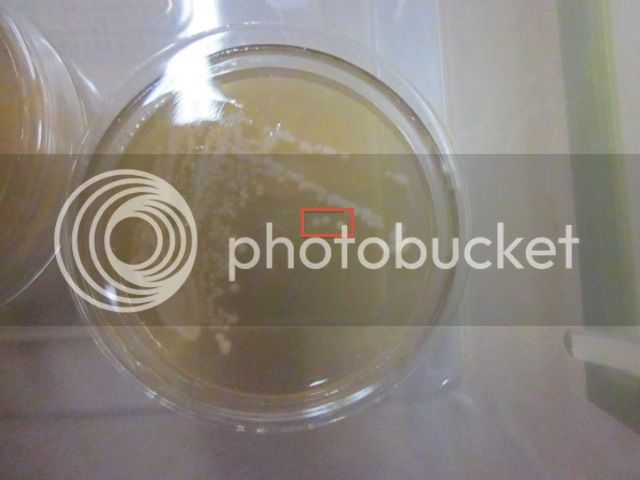jwalker1140
Well-Known Member
Apparently the word "trouble" bothers you. That's fine. Replace it with "extra time and effort." 90 minutes (by your estimate) to rinse, including an extra transfer, vs. 30 seconds to pour some slurry into a sanitized mason jar.
Now, I'm perfectly willing to put in extra time and effort if it offers a reasonable benefit. I assume you think rinsing does because, I'll paraphrase, "it lets the trub fall into a corner so you can pour the CLEAN yeast out." I would strongly suggest reading the work Steven Deeds has done on this topic here: http://woodlandbrew.blogspot.com/2012/12/yeast-washing-exposed.html
Among his more interesting findings is that the ratio of trub to viable yeast is the same throughout the rinsing container. Meaning, we're not really separating clean yeast from the trub by rinsing, we're just tossing most of it out. And that nasty trub we're so worried about, it's mostly protein that's actually beneficial to yeast as it aids in cell wall development, according to Fix. I was also surprised to learn that the top portion we try to collect contains a much higher level of bacteriological content, up to 100x more than in the bottom portion. So much for being cleaner....
Lastly, my takeaway from the OP was not that we all should do yeast counts or math, but rather the exact opposite since other more knowledgeable people (e.g., Fix, Daniels, Bamforth et al.) have already done that for us. Because of them, we can skate by with the simple rule-of-thumb that 1 cup of fresh slurry is enough for 5 gallons of 1.048 wort.
My reply probably sounds more snide or confrontational than I intend, and for that I apologize. I'm sure my tone would come across better if we were discussing over a couple pints. Heck, I'd even buy the next round.

Now, I'm perfectly willing to put in extra time and effort if it offers a reasonable benefit. I assume you think rinsing does because, I'll paraphrase, "it lets the trub fall into a corner so you can pour the CLEAN yeast out." I would strongly suggest reading the work Steven Deeds has done on this topic here: http://woodlandbrew.blogspot.com/2012/12/yeast-washing-exposed.html
Among his more interesting findings is that the ratio of trub to viable yeast is the same throughout the rinsing container. Meaning, we're not really separating clean yeast from the trub by rinsing, we're just tossing most of it out. And that nasty trub we're so worried about, it's mostly protein that's actually beneficial to yeast as it aids in cell wall development, according to Fix. I was also surprised to learn that the top portion we try to collect contains a much higher level of bacteriological content, up to 100x more than in the bottom portion. So much for being cleaner....
Lastly, my takeaway from the OP was not that we all should do yeast counts or math, but rather the exact opposite since other more knowledgeable people (e.g., Fix, Daniels, Bamforth et al.) have already done that for us. Because of them, we can skate by with the simple rule-of-thumb that 1 cup of fresh slurry is enough for 5 gallons of 1.048 wort.
My reply probably sounds more snide or confrontational than I intend, and for that I apologize. I'm sure my tone would come across better if we were discussing over a couple pints. Heck, I'd even buy the next round.



 ).
).
